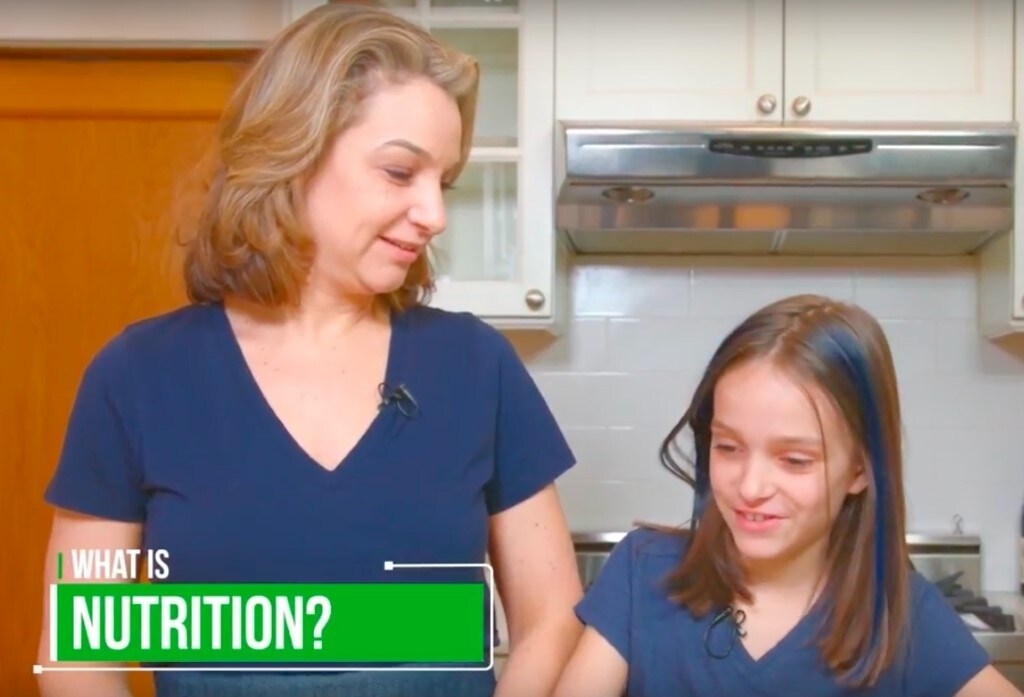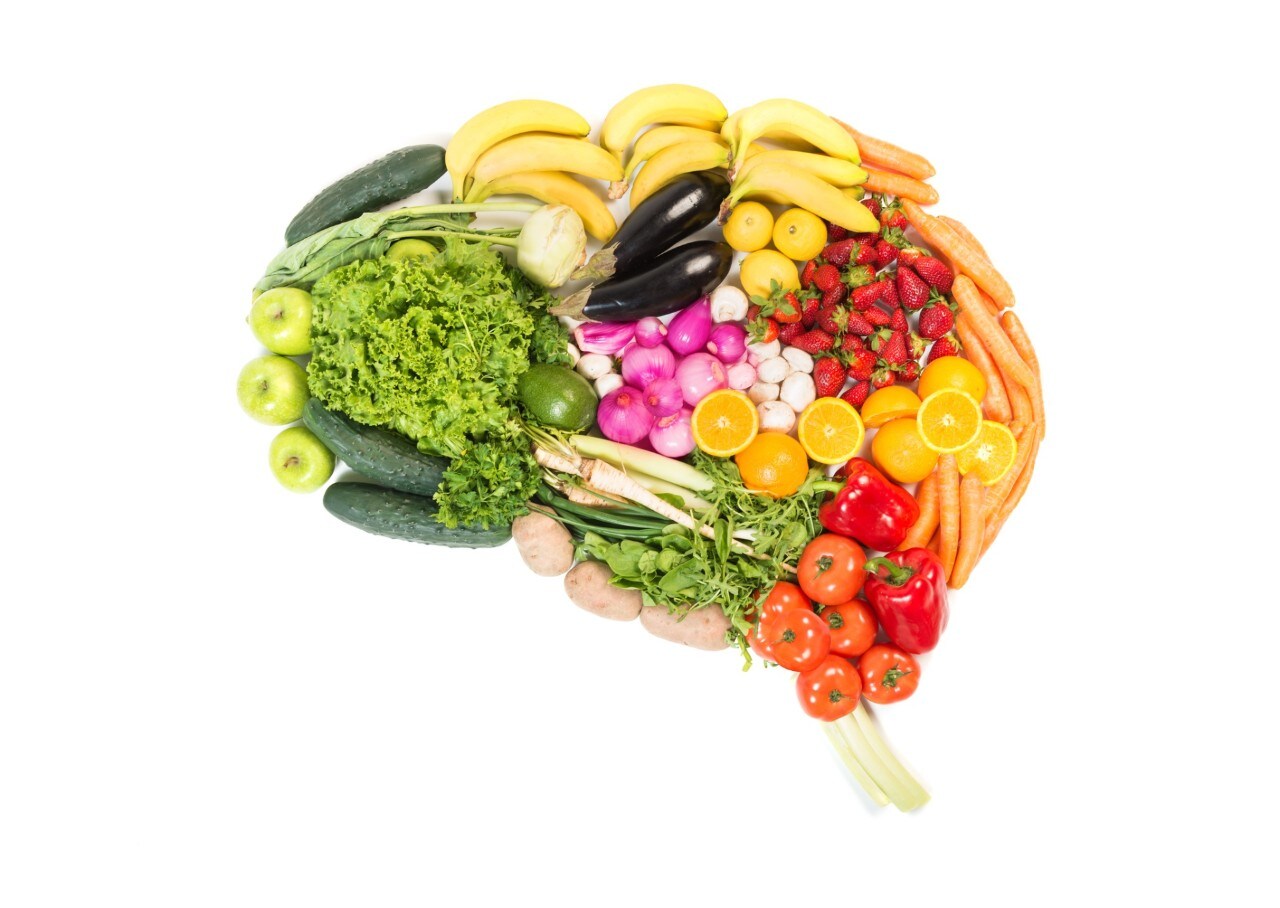References
1. London D, Beezhold B: A phytochemical-rich diet may explain the absence of age-related decline in visual acuity of Amazonian hunter-gatherers in Ecuador. Nutrition Research 2015;35:107-117.
2. Cohen S, Mauget-Faysse M, Oubraham H, et al: Impact of eating habits on macular pathology assessed by macular pigment optical density measure. Journal of French Ophthalmology 2010;33:234-240.
3. Marshall L, Roach J: Prevention and treatment of age-related macular degeneration. The Consultant Pharmacists 2013;28:723-737. (E)
4. Pinazo-Duran M, Gomex-Ulla F, Arias L, et al: Do nutritional supplements have a role in age macular degeneration prevention? Journal of Ophthalmology 2014;2014:901686.
5. Rasmussen H, Johnson E: Nutrients for the aging eye. Clinical Interventions in Aging 2013;8:741-748.
6. Barrett J: Focusing on vision through an environmental lens. Environmental Health Perspectives. 2005;113:A822-A827.
7. Smith K:The WWII propaganda campaign popularized the myth that carrots help you see in the dark. Smithsonian.com. http://www.smithsonianmag.com/arts-culture/a-wwii-propaganda-campaign-popularized-the-myth-that-carrots-help-you-see-in-the-dark-28812484/
8. The Age-Related Eye Disease Study 2 Research Group: Lutein + zeaxanthin and omega-3 fatty acids for age-related macular degeneration. Journal of the American Medical Association 2013;309:2005-2015.
9. Chew E, Clemons T, Agron E, et al: Long-term effects of vitamins C and E, beta carotene, and zinc on age-related macular degeneration: AREDS report no. 35. Ophthalmology 2013;120:1604-1611.
10. Vishwanathan R, Chung M, Johnson E: A systematic review on zinc for the prevention and treatment of age-related macular degeneration. Investigative Ophthalmology & Visual Science 2013;54:3985-3998.
11. McCusker M, Durrani K, Payette M, et al: An eye on nutrition: The role of vitamins, essential fatty acids, and antioxidants in age-related macular degeneration, dry eye syndrome, and cataract. Clinical Dermatology 2016;34:276-285.
12. Arnold C, Winter L, Frohlich K, et al: Macular xanthophylls and omega-3 long-chain polyunsaturated fatty acids in age-related macular degeneration. Journal of the American Medical Association: Ophthalmology 2013;March 21:1-9.
13. Dawczynski J, Jentsch S, Schweitzer D, et al: Long term effects of lutein, zeaxanthin and omega-3-LCPUFAs supplementation on optical density of macular pigment in AMD patients: The LUTEGA study. Archives of Clinical and Experimental Ophthalmology 2013;251:2711-2723. (Excellent reference list as well!)
14. Garcia-Layana A, Recalde S, Alaman A, et al: Effects of lutein and docosahexaenoic acid supplementation on macular pigment optical density in a randomized controlled trial. Nutrients 2013;5:543-551.
15. Nguyen C, Bui B, Sinclair A, et al: Dietary omega 3 fatty acids decrease intraocular pressure with age by increasing aqueous outflow. Investigative Ophthalmology & Visual Science2007;48:756-762.
16. Kwon J, Ham S: Omega-3 supplementation can improve both symptoms and signs of dry eye disease. Clinical Interventions in Aging 2017;12:485-486.
17. Mohammadpour M, Mehrabi S, Hassanpoor N, et al: Effects of adjuvant omega 3 fatty acid supplementation on dry eye syndrome following cataract surgery. Journal of Current Ophthalmology 2016;29:33-38.
18. Aslam T, Delcourt C, Silva R, et al: Micronutrients in age-related macular degeneration. Ophthalmologica 2013;229:75-79.
19. Bovier E, Lewis R, Hammond B: The relationship between lutein and zeaxanthin status and body fat. Nutrients 2013;5:750-575.
20. Johnson E: A possible role of lutein and zeaxanthin in cognitive function in the elderly. American Journal of Clinical Nutrition 2012;96:1161S-1165S.
21. Johnson E, Maras J, Rasmussen H, et al: Intake of lutein and zeaxanthin differ with age, sex, and ethnicity. Journal of the American Dietetic Association 2010;110:1357-1362.
22. Murray I, Makridaki M, van der Veen R, et al: Lutein supplementation over a one-year period in early AMD might have a mild beneficial effect on visual acuity. Investigative Ophthalmology and Visual Science 2013;54:1781-1788.
23. Loskutova E, Nolan J, Howard A, et al: Macular pigment and its contribution to vision. Nutrients 2013;5:1962-1969.
24. Chew E: Nutrition effects on ocular disease in the aging eye. Investigative Ophthalmology & Visual Science 2013;54:(14):ORSF42-7.
25. Cui Y, Jing C, Pan H: Association of blood antioxidants and vitamins with risk of age-related cataract. American Journal of Clinical Nutrition 2013;July 10th.
26. Zhang Y, Jiang W, Xie Z, et al: Vitamin E and risk of age-related cataracts. Public Health Nutrition 2015;18:2804-2814.
27. Cui Y, Jing C, Pan H: Association of blood antioxidants ad vitamins with risk of age-related cataract. American Journal of Clinical Nutrition 2013;98:778-786.
28. The long-term health of vegetarians and vegans. Proceedings of the Nutrition Society 2016;75:287-293.
29. Theodoropoulou S, Samoli E, Theodossiadis P, et al: Diet and cataracts: A case-control study. International Ophthalmology 2014;34:59-68.
30. Tavani A, Negri E, La Vecchia C: Food and nutrient intake and risk of cataract. Annals of Epidemiology 1996;6:41-46.
31. Johnson E, McDonald K, Caldarella S, et al: Cognitive findings of an exploratory trial of docosahexaenoic acid and lutein supplementation in older women. Nutritional Neuroscience 2008;11:75-83.
32. Johnson E, Vishwanathan R, Johnson M, et al: Relationship between serum and brain carotenoids, alpha tocopherol, and retinol concentrations and cognitive performance in the oldest old from the Georgia Centenarian Study. Journal of Aging Research 2013;2013:951786.
33. Pastor-Valero M: Fruit and vegetable intake and vitamins C and E are associated with a reduced prevalence of cataracts in a Spanish Mediterranean population. BMC Ophthalmology 2013;13:52. http://www.ncbi.nlm.nih.gov/pubmed/24106773
34. Vishwanathan R, Iannaccone A, Scott T, et al: Macular pigment optimal density is related to cognitive function in older people. Age and Ageing 2014;January 15th.
35. https://www.macular.org/nutritional-supplements-article?gclid=COm9hYuUhNQCFchefgodWXML0w
36. Manikandan R, Thiagarajan R, Goutham G, et al: Zeaxanthin and health, from bench to bedside. Fitoterapia 2016;109:58-66.
37. Chiu C, Change M, Zhang F, et al: The relationship of major American dietary patterns to age-related macular degeneration. American Journal of Ophthalmology 2014;158:118-127.










